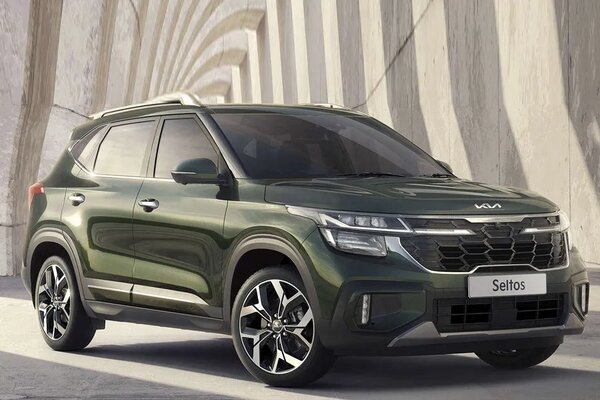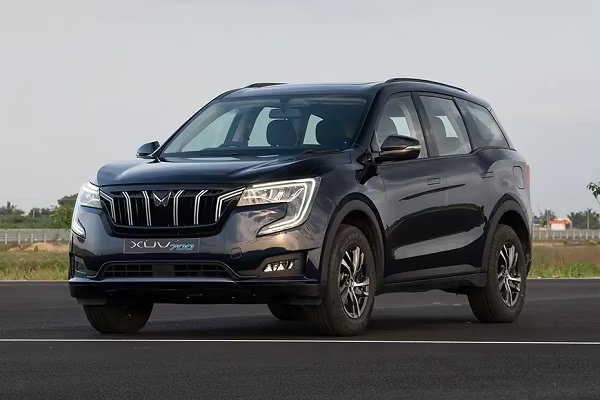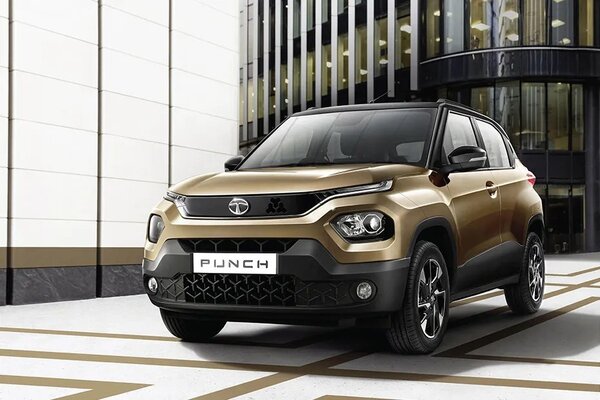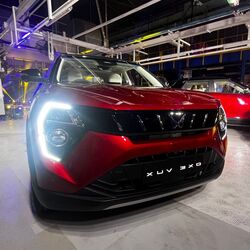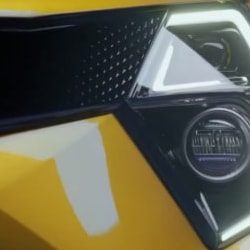Flex fuel technology makes its way into India: Everything you need to know
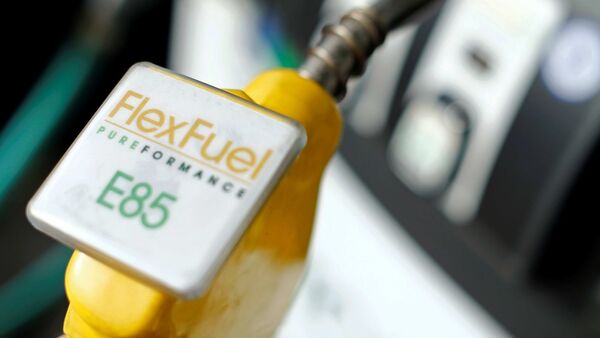

Over the past few years, we've been increasingly hearing more about flex-fuel technology. It is not a new technology as flex-fuel vehicles started seeing popularity in mid-1990s. However, in recent times, several automakers have started talking increasingly about their commitment to introducing flex-fuel cars or motorcycles. In India, the government has been pushing this technology hard, which propelled the automakers to focus more on this segment. With the increasing focus on greener and cleaner fuel and powertrain solutions, flex-fuel technology has gained more prominence.
Toyota Innova has become the country's as well as the world's first car to have a flex-fuel engine that can run fully on ethanol. This has further fuelled the discussion around this greener and cleaner fuel and powertrain technology. However, you may still have many questions about flex-fuel and here is everything you need to know about it.
Trending Cars
Also Read : Sugar industry body ISMA seeks 5% GST on flex-fuel vehicles in line with EVs
What is flex fuel?
Flex fuel, also known as flexible fuel, is an alternative fuel that is made of a combination of petrol and methanol or ethanol. Flex-fuel vehicles are those that come equipped with internal combustion engines which are designed to run on more than one type of fuel. These engines can run on both petrol or ethanol or methanol.
In India, the flex-fuel engines are designed to run on petrol and ethanol. Besides India, the US and Brazil are other countries that have been focusing increasingly on flex-fuel technology. Apart from a few modifications to the engine and fuel system, the flex-fuel vehicles are virtually identical to petrol-only models.
Advantages of flex-fuel
Flex-fuel has several benefits for the drivers, the country, and the planet as well. For drivers, the flex fuel that combines the mixture of petrol and ethanol comes cheaper than the traditional petrol. This means that petrol mixed with ethanol is cheaper, resulting in significant savings for the vehicle owner in the short term.
For a country like India, high ethanol production for flex fuel means a growing focus on the elements like corn and sugarcane that are used in the production of ethanol. With this, a large chunk of the money that is spent on importing crude oil can go to the Indian farmers, which will help them to grow, helping the country's economy at large.
For the planet, ethanol is cleaner and greener than conventional petrol. Burning ethanol doesn't emit as much pollutant into the environment as burning standard petrol does. Hence, using ethanol-based flex fuel in vehicles will result in lower tailpipe emissions, helping the environment.
Disadvantages of flex-fuel
Besides having many advantages for the economy and environment, flex-fuel has some disadvantages also. These include possible engine damage, lower fuel economy, and lack of infrastructure.
As flex fuel is not purely petrol and comes with a mixture of agriculture-sourced ethanol, it comes with some impurities that can be damaging to the engines. The ethanol absorbs dirt easily, which can potentially result in corrosion and damage to the intricate parts of the engine.
For any car owner, mileage or fuel economy remains a major concern when calculating the overall cost of vehicle ownership. Ethanol-mixed petrol or flex fuel has been known for delivering lower mileage. This means your flex fuel vehicle running on the greener fuel can run a shorter distance compared to a pure petrol-powered ICE vehicle. In a nutshell, using flex fuel means the cost of ownership goes higher in the long term.
The awareness and infrastructure to support the flex fuel ecosystem in India are yet to reach a satisfactory level. Hence, getting flex fuel for the flex fuel vehicle owners can be a tough task.







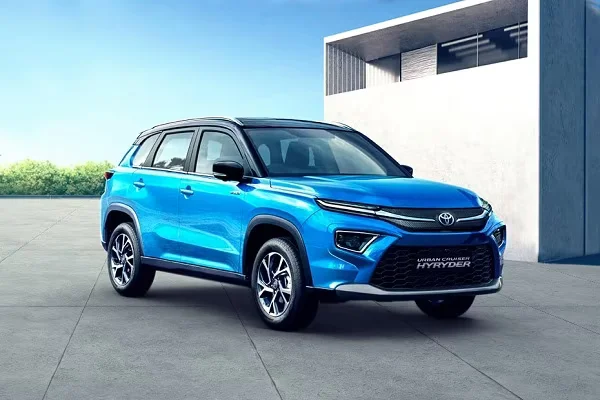
 1490 cc
1490 cc Multiple
Multiple
